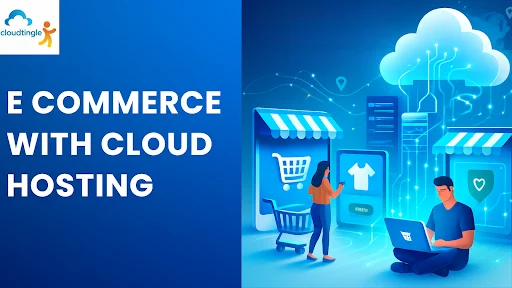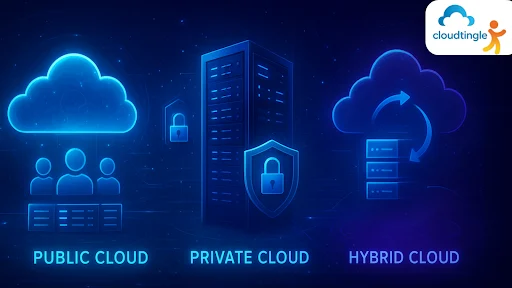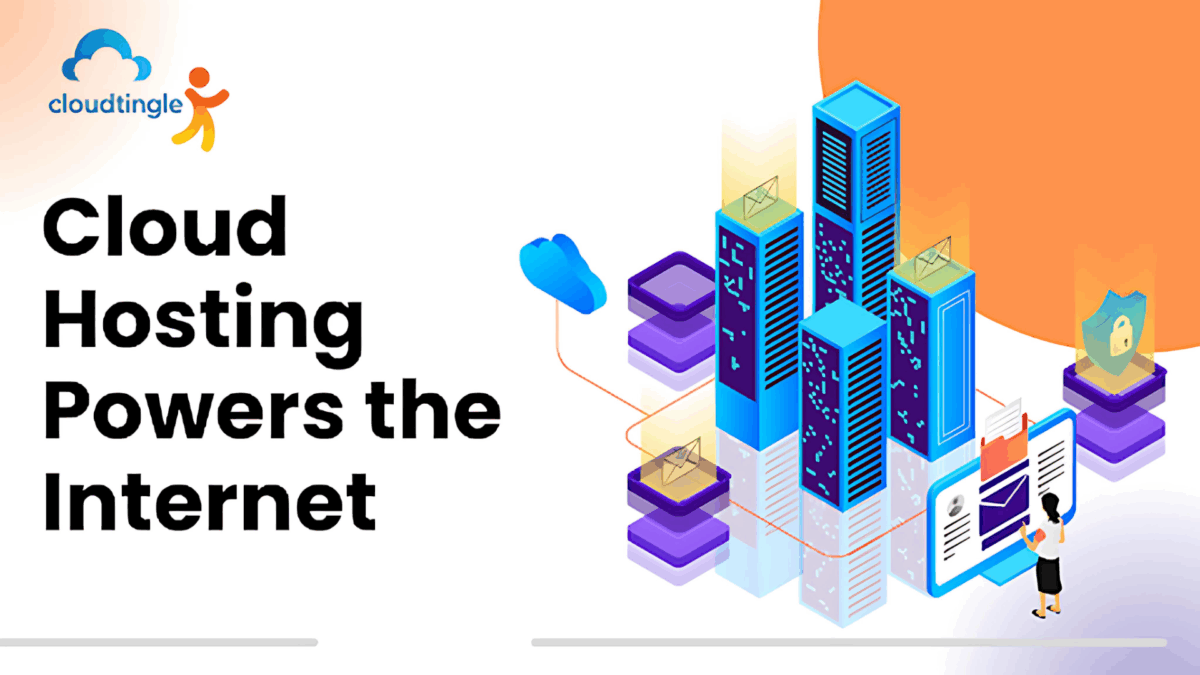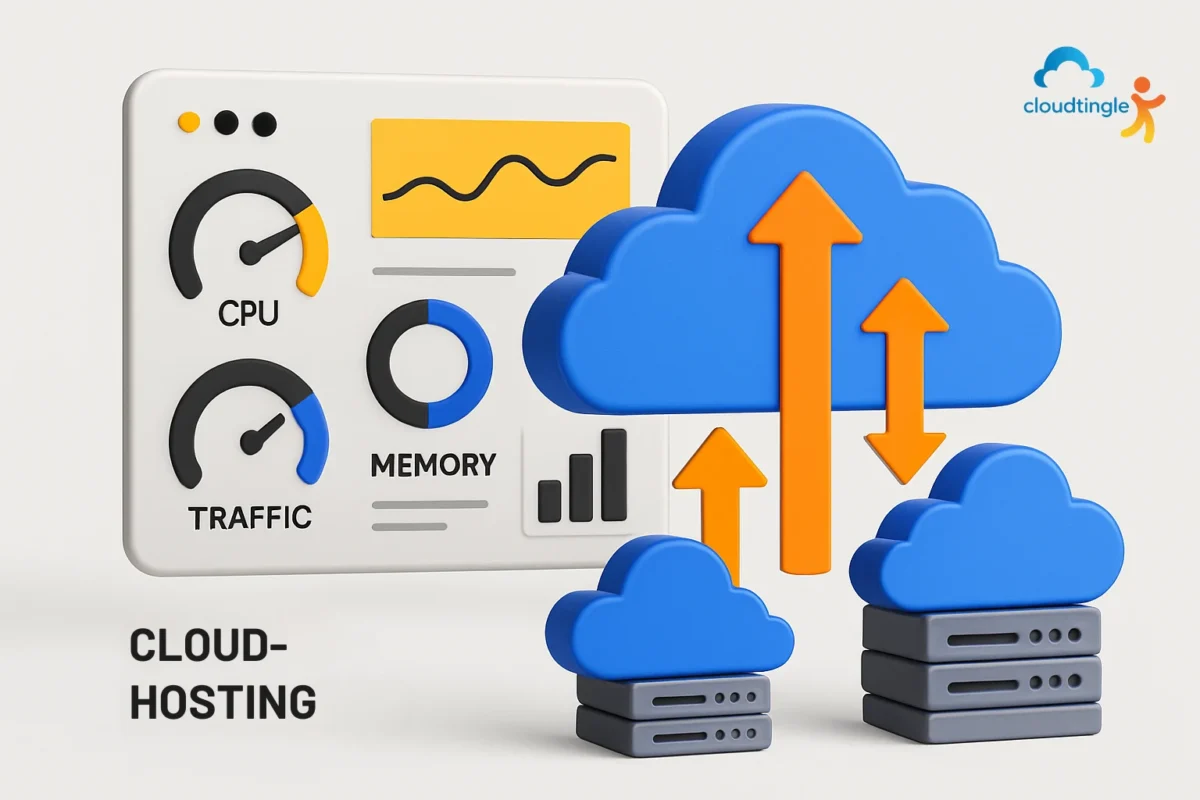In today’s digital-first landscape, businesses of every size are leaning on cloud computing to remain agile, cost-efficient, and competitive. Among the many models available in cloud hosting, Pay-As-You-Go (PAYG) Pricing has emerged as a game-changer. Unlike traditional infrastructure investments that require hefty upfront costs and long-term commitments, this model allows businesses to pay only for the resources they actually use.
Understanding how pay-as-you-go pricing works and how it can be leveraged can provide companies with a significant competitive advantage. Let’s break down the mechanics of this model, explore its benefits, and examine how it aligns with on-demand self-service and scalability in cloud computing.
What Is Pay-As-You-Go Pricing In Cloud Hosting?
At its core, pay-as-you-go pricing is a consumption-based billing model. Instead of purchasing fixed server capacity or locking into rigid contracts, businesses consume computing power, storage, bandwidth, or software services on demand.
Think of it as the electricity you use at home: you’re not paying for the maximum output of the grid, but only for the actual kilowatt-hours you consume. Similarly, with cloud hosting, a company pays only for the virtual machines it spins up, the storage space it occupies, or the data transfer it uses.
This contrasts with traditional hosting models, where companies must predict their future needs, commit to a certain level of resources, and risk either underutilization or overpayment. PAYG eliminates much of this guesswork by providing a flexible, usage-based approach.
The Role Of On-Demand Self-Service
A key element that makes pay-as-you-go pricing effective is on-demand self-service. This feature allows businesses to provision, monitor, and manage their resources without having to wait for manual intervention from the cloud provider.
For example:
- A startup can instantly deploy a new virtual machine for testing an application.
- An e-commerce company can add more storage during a seasonal sales surge.
- A development team can spin up new environments and shut them down once the project is completed.
On-demand self-service is typically managed through intuitive dashboards, APIs, or automation scripts. This means users maintain full visibility and control over their resource usage. They can track consumption in real-time, identify areas of overuse, and optimize costs accordingly.
In practice, this empowers businesses to act with agility making adjustments as quickly as their needs change.
Benefits Of The Pay-As-You-Go Model
1. Cost Efficiency
Perhaps the biggest advantage is the elimination of upfront capital expenses. Companies no longer need to purchase costly servers or commit to long-term contracts. Instead, IT budgets become operational expenses that scale with actual usage. This is especially valuable for small and mid-sized businesses that may not have deep pockets but still need enterprise-grade infrastructure.
2. Reduced Waste
Traditional models often lead to over-provisioning. Businesses might purchase excess resources “just in case,” leading to wasted capacity. With PAYG, resources can be adjusted dynamically, so businesses are not paying for idle servers or unused storage.
3. Agility And Speed
The ability to spin resources up or down quickly accelerates innovation. Teams can experiment, test, and deploy without waiting weeks for procurement or installation. This not only improves time-to-market but also reduces opportunity costs.
4. Accessibility For All Sizes
From solo entrepreneurs to multinational enterprises, PAYG levels the playing field. Smaller players can access world-class infrastructure without being burdened by high fixed costs, while larger organizations benefit from greater efficiency and flexibility.
5. Transparency
Cloud providers typically offer detailed billing dashboards. This visibility allows businesses to forecast expenses more accurately, allocate budgets effectively, and implement better cost-control measures.
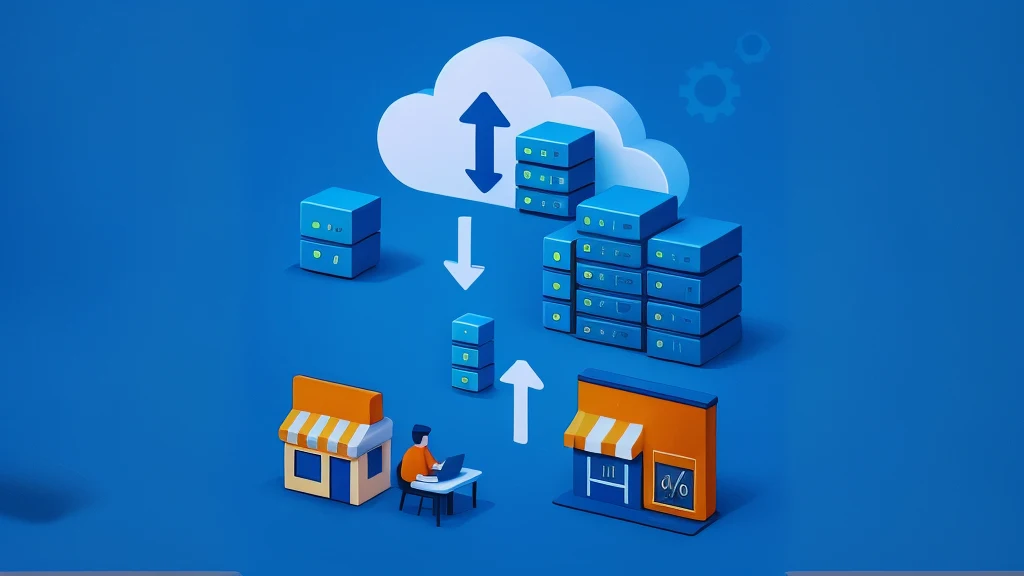
Scalability: Adjusting To Fluctuating Workloads
Another major strength of pay-as-you-go pricing is its natural compatibility with scalability. Workloads in the modern digital environment are rarely static.
Consider these examples:
- A retail company experiences spikes during Black Friday or holiday sales.
- A software-as-a-service (SaaS) provider may need to handle increased traffic after a product launch.
- A data analytics firm may require bursts of processing power for large datasets.
With PAYG, businesses can scale resources up to handle peak loads and scale them down during quieter periods. This ensures consistent performance without overspending.
From a strategic standpoint, scalability enables organizations to align IT resources with business cycles. Instead of worrying about infrastructure bottlenecks or downtime, they can focus on delivering seamless customer experiences.
Effective Resource Management In A PAYG Model
While PAYG offers many advantages, businesses must manage it wisely to maximize value. Here are some best practices:
- Monitor Usage Continuously: Use cloud dashboards and third-party tools to track consumption patterns in real time.
- Set Alerts and Budgets: Most cloud providers allow users to define spending thresholds and receive alerts when nearing them.
- Automate Scaling: Implement auto-scaling policies that adjust resources based on predefined conditions like CPU utilization or traffic volume.
- Optimize Workloads: Regularly review workloads to shut down unused instances or shift to more cost-effective configurations.
- Plan for Growth: Although PAYG is flexible, forecasting future needs helps avoid surprises during periods of heavy usage.
By combining self-service tools with careful monitoring, businesses can enjoy the cost savings and flexibility of PAYG without running into unnecessary expenses.
The pay-as-you-go pricing model in Cloud Hosting is more than just a cost-saving strategy, it’s a pathway to greater business agility and competitiveness. By enabling on-demand self-service, providing transparent cost structures, and supporting seamless scalability, PAYG helps organizations align IT resources with real-time business demands.
For startups, it lowers the barrier to entry. For growing businesses, it ensures they never outgrow their infrastructure. And for enterprises, it provides the elasticity needed to innovate at scale.
In an era where adaptability defines success, pay-as-you-go cloud hosting isn’t just an option it’s a strategic necessity.



